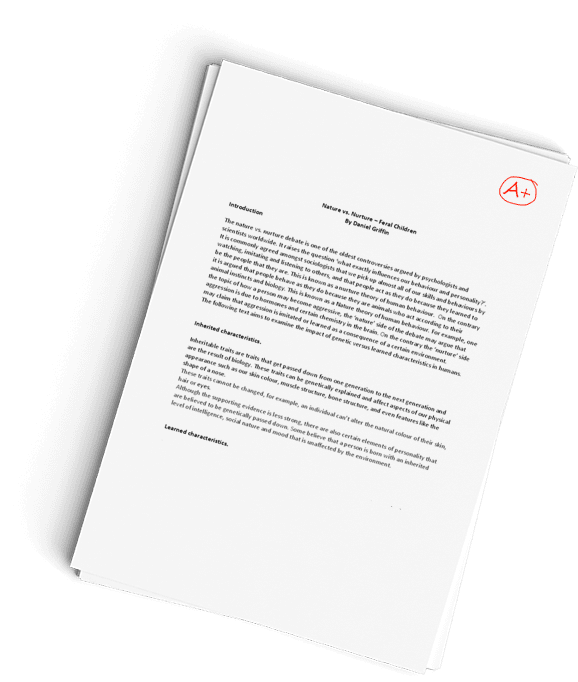Six Thinking Hats
Description
Purpose
The Six Thinking Hats approach is called !teral Thinking!nd/or !rallel Thinking. ats are a metaphor for putting on oneà(inking cap. This model is a simple technique that encourages cooperation, exploration, and innovation, all under the umbrella of metaphorically applying six colorful !ts. t is designed to focus (inking energy)n one direction. In this approach, people engage in objective fact-finding together, discuss the positive aspects of an idea(s), and mutually explore the risks and/or the disadvantages of the idea(s) in the spirit of play. Those who feel that they are part of the process are more likely to accept and/or buy into the outcome. In this approach, people often end up with a better appreciation of others0ositions. It is an example of focused team thinking where consensus is the goal. The result of this task should be helping you with parts of your SLP.
Assignment Background
In developing an approach based on Task #4, the project manageràprimary role is to encourage and facilitate full team involvement in understanding how the use of the Six Thinking Hats approach can keep team meetings moving smoothly and generate novel ideas at the same time. In addition, the project manager will also act as the subject matter consultant and/or the expert on the use of the Six Thinking Hats and make sure that each team member has the opportunity to be placed on one of the team meeting agendas to use this leadership thinking approach. Hopefully, increased idea creativity and new ways of thinking will enhance the teamàproductivity.
Now, with you doing an SLP, this concept can be viewed a bit differently. This will help you complete parts of your project and think about whether your potential recommendations would work for your client.
The Six Thinking Hats
Refer back to the Module 8: Learning Resources page for information on the Hats and how you apply each hat’s role as you work on this SLP. However, if you’re working on the ARP instead of the SLP, you’ll want to review the approach example on Module 8: Learning Resources page.
An Example of Approach for this Task (for the ARP):
White Hat Thinking 2esponsible for facts, figures, and/or objective information
it describes what is there for the team to use
Red Hat Thinking 2esponsible for emotions, feelings, hunches, intuition
it lets the team members tell how each of them feels about a situation
Green Hat Thinking 2esponsible for creativity, idea generation, provocative thoughts, lateral thinking
it comes up with new ideas, possibilities, and/or alternatives to be considered
- Black Hat Thinking 2esponsible for negative thoughts, playing the %vilàAdvocate/li>
a cautious approach that identifies what is wrong with an idea and/or why something will not work
Yellow Hat Thinking 2esponsible, positive, logical, constructive thoughts
- it sees the good in ideas and acts in a cheerleading mode
- Blue Hat Thinking 2esponsible for controlling the process, directing attention to the other !ts!s necessary
it serves to summarize and point the process in the proper direction
Instructions
- In the course of completing the SLP, I hope that you will have the opportunity to use the Six Thinking Hats approach to share and/or facilitate a brief meeting either with your client or with the interviewees that you will include the context/results in your project. You will then report on how the model worked and whether or not it was helpful to the progress of the project.
- The results of doing this task should help you with many parts of your project. This report should be no longer than four (4) double-spaced pages in the written summary and should include the following components that are to be completed by each student (yes this is individual work, not a group work):
First, describe the problem and/or issue discussed using the Six Thinking Hats approach in 2-3 sentences.
Next, describe in detail how the !ts7ere used to guide the team through developing a solution and/or answer(s) to the problem and/or issue. Were you and your team members able to think in one direction?
- Include an example or two from the team meeting. Be sure to cite which !ts7ere the most helpful and which !ts(if any) did not seem to contribute much to the Six Thinking Hats.
- Provide an opinion, based on your observations of its overall use for the team, on the Six Thinking Hats model. Would you use it again? Why or why not?
References: You still need three references for this writing. One reference is from our textbook, and the suggested chapters for this task include Chapters 7 and 8.

Have a similar assignment? "Place an order for your assignment and have exceptional work written by our team of experts, guaranteeing you A results."









